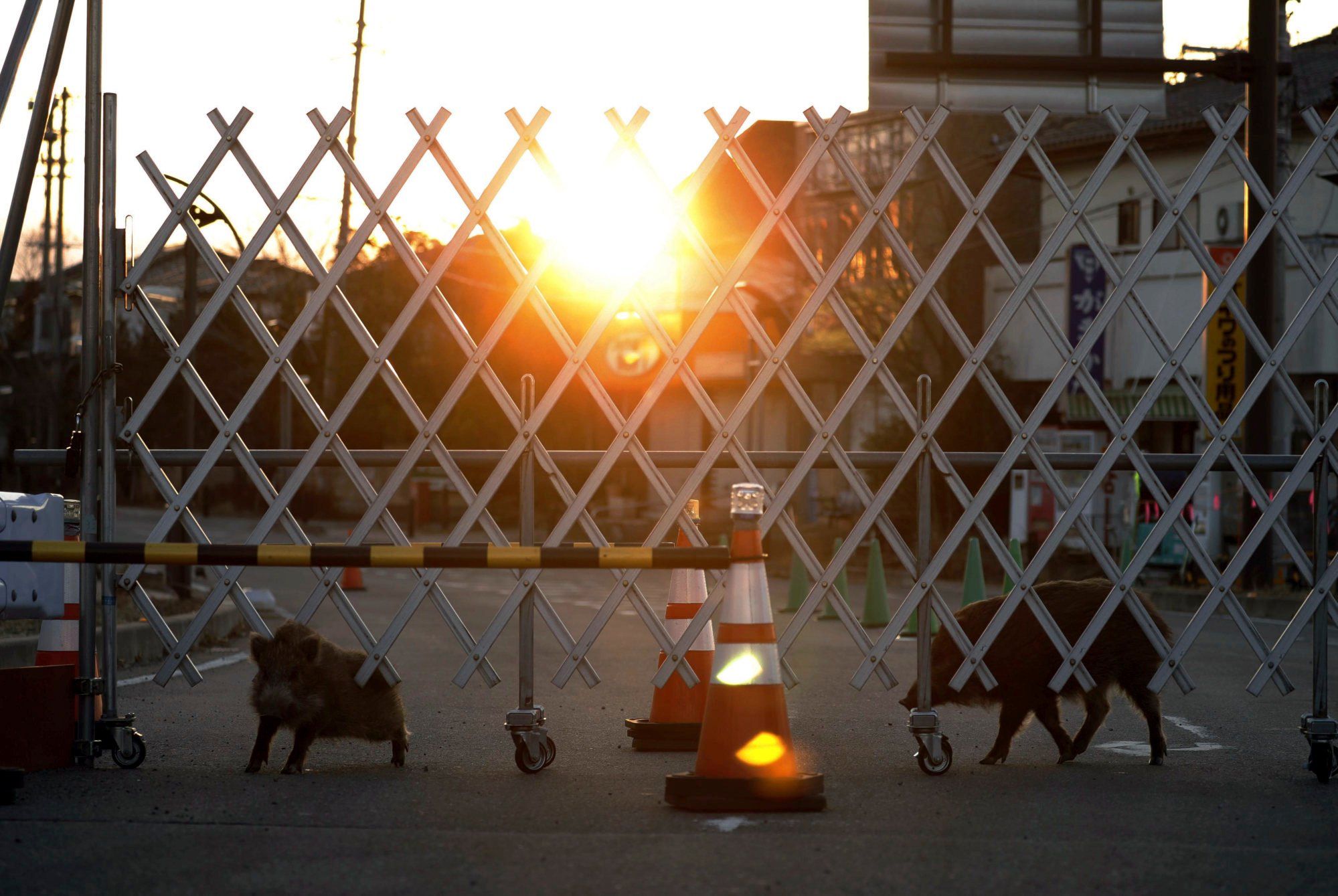“This date has a special meaning in Japan,” Grossi said as he met with Japanese Environment Minister Shintaro Ito, his first in a series of talks with top Japanese officials planned for the three-day visit.
The disaster caused many difficulties, but also led to “strengthening of the links and the cooperation between the IAEA and Japan”, Grossi said.

A massive earthquake and tsunami in 2011 damaged the Fukushima plant’s power supply and reactor cooling functions, triggering triple meltdowns and causing large amounts of radioactive waste water to accumulate. After more than a decade of clean-up work, the plant began discharging the water after treating it and diluting it with large amounts of seawater on August 24, starting a process that is expected to take decades.
Japan has sought the IAEA’s help with safety monitoring and evaluation to allay concerns over the discharge plan.
Grossi is expected to examine the discharge facility on Wednesday after meeting with local residents. He last visited the plant in July after issuing an IAEA review predicting only negligible impact from the discharges. The IAEA comprehensive report later also concluded that the discharges have so far satisfied international safety standards.

Japan also wants to provide financial support for IAEA’s effort to protect Ukrainian nuclear plants from Russia’s ongoing war, officials said.
South Korean lawmakers berate IAEA chief over Fukushima water release plan
South Korean lawmakers berate IAEA chief over Fukushima water release plan
Japan and IAEA are also cooperating on disposal of radioactive soil from Fukushima.
The Japanese government, stuck with massive amounts of soil unearthed during reconstruction and clean-up work outside the Fukushima plant, is struggling to find disposal methods. A plan to recycle it for road construction and other public works after safety tests has met fierce protests.
The soil has been stored in an interim storage facility in Fukushima. The government has promised a final disposal plan outside the prefecture by 2045.
A preliminary IAEA report last year supported the soil recycling plan, but stressed the need for public trust. A final report is expected this summer.

